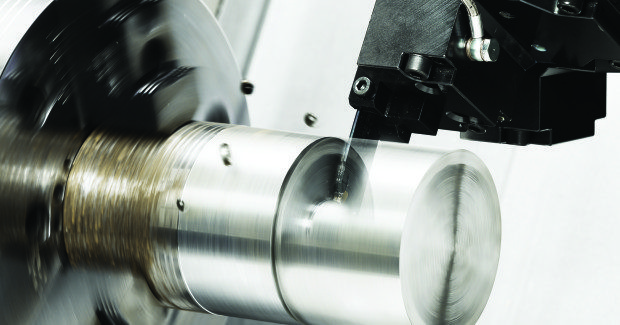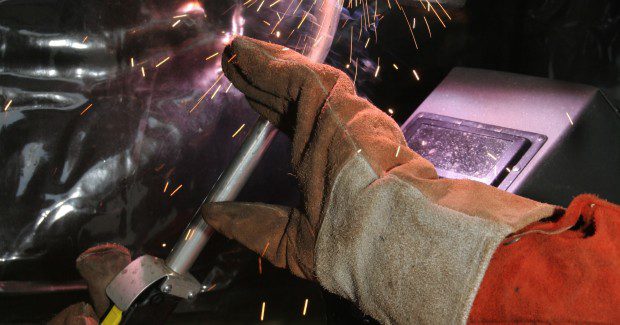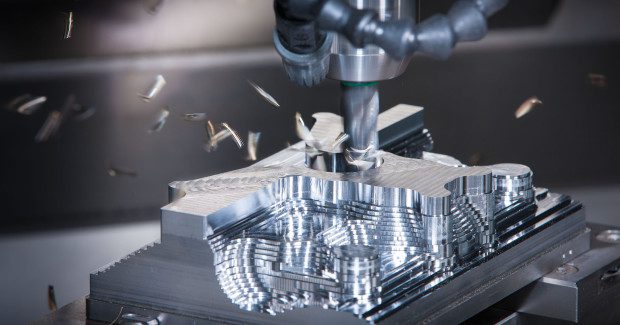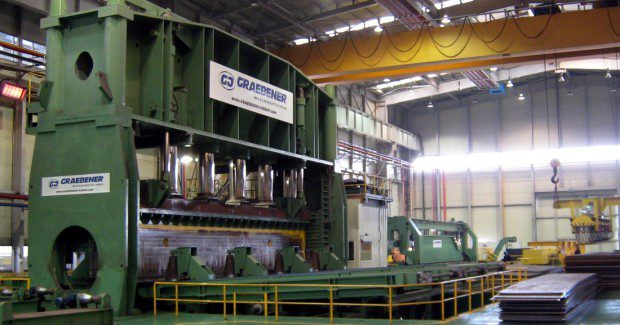State of Manufacturing 2014: Making Progress
Manufacturing employment can grow by more than 300,000 jobs every year and the economy can grow by an additional $1.5 trillion. It all comes down to products, people and policy.
Posted: March 14, 2014
The National Association of Manufacturers
"The President could score a major victory for economic growth by approving the Keystone XL pipeline. It’s now been under review for more than five years, which, by the way, is about two years longer than it took to build the Astrodome. That delay is stopping jobs from being created and exports from being shipped. The State Department has found that the construction of the pipeline will not harm the environment. It issued that finding not once, but twice."
Many people I talk to wonder if I would want my two daughters — ages four and two — to work in manufacturing someday. Given what we know about the industry, I think the better question is, “Why wouldn’t a parent want his or her child to have a career in manufacturing?”
Opportunities abound — so long as you have the right skills. Eighty-two percent of manufacturers report that they have jobs going unfilled because they can’t find people due to this skills gap. What types of skills am I talking about? By and large, it’s the STEM skills — science, technology, engineering and math. For the high-tech jobs of today, workers need a foundation in science and math, as well as the ability to think analytically.
To address America’s skills shortage, we’re taking the lead in several areas. One of our independent affiliate organizations — the Manufacturing Institute (Washington, DC) — runs a skills-certification program that enables American workers to receive a portable credential demonstrating the skills they possess.
We’re encouraged by a magnet school right here in Houston — the Energy Institute High School. I know a number of you in the room are involved in this impressive project. This school gives students a quality education in the STEM fields, preparing them for the high-tech energy jobs that are driving our economy.
Another critical factor in the people equation is immigration reform. America needs comprehensive reform that starts from a fundamental premise: Ours is a nation of immigrants — the great melting pot. The people who are seeking to become Americans yearn to be a part of that beautiful American dream and way of life that so many who were born here too often take for granted.
“Our strength comes from our own immigrant heritage and our capacity to welcome those from other lands.” Those words aren’t mine. They are Ronald Reagan’s, and they are as true today as they were 30 years ago.
POLICY
Which brings us to the third area that influences the future of manufacturing in America —public policy. The scope of policies that impact manufacturing — and the people who work in manufacturing — is incredibly broad and incredibly impactful. While there are many reasons to be optimistic about the future of American manufacturing, government overreach poses the biggest threat.
Let me tell you a story that may sound familiar. A die-caster — Chicago White Metal Casting (Bensenville, IL) — recently sent us a list of all the regulations with which he must comply. It was mind-boggling in its complexity. The company’s president estimates that one out of every five dollars of the company’s pretax profit is spent on complying with a dizzying array of new regulations.
And it’s not just costs. Rules and regulations are often confusing, and sometimes they conflict. One small manufacturer recounted for me how an inspector at his facility told him a fire extinguisher was affixed too low on the wall, making it difficult for employees to see. The manufacturer corrected the problem, just to have another inspector come to his plant weeks later to inform him that the fire extinguisher was too high and, therefore, violated the Americans with Disabilities Act.
These companies are not alone. One entire industry — energy — is at risk of suffocation by regulation. It seems like all we hear from this Administration and its allies in Congress is that they want to put a stop to the use of oil, gas and coal, when the focus should be on developing and maintaining secure and affordable energy.
It’s no secret that the current Administration is happy to have the Environmental Protection Agency (EPA) set the nation’s energy policy. New ozone regulations proposed by this Administration would practically halt manufacturing expansion and growth in America. In addition, its New Source Performance Standards are both an effort to eliminate fossil fuels and a warning that all manufacturers will be targeted next.
We can’t let that happen. And at the NAM, we are determined to ensure it does not.
The President could score a major victory for economic growth by approving the Keystone XL pipeline. It’s now been under review for more than five years, which, by the way, is about two years longer than it took to build the Astrodome. That delay is stopping jobs from being created and exports from being shipped. The State Department has found that the construction of the pipeline will not harm the environment. It issued that finding not once, but twice.
Instead of targeting oil, gas and coal as enemies, let’s embrace the “all-of-the-above” energy strategy the President says he wants and get all the energy we can out of these resources as well as wind, solar, nuclear and every other source of power. In addition, let’s keep pushing forward on the exciting innovations from companies like Waste Management that foster sustainability while making our economy less energy intensive and more energy efficient.
As the President and his team take more aggressive executive action, and as Congress has become more gridlocked, more of these regulatory battles are playing out in the courts. That’s why the NAM has had to “lawyer up.” We’re making a strong commitment to litigating on behalf of manufacturers through our Manufacturers’ Center for Legal Action. We’re involved in a number of cases against the EPA, including a Supreme Court case on greenhouse gas regulations.
We’re also doing battle with the National Labor Relations Board, which seems to have a Top 100 list of how to pit workers against management. It seems to be doing everything it can to make it harder to run a business and create jobs.
We could de-escalate the legal sparring if Washington would pass fundamental regulatory reform based on the principles of transparency, openness and sound science. Democrats and Republicans agree that there’s a problem with the regulatory system, so let’s make it work better. Until that happens, we’ll keep heading to court.
There are other issues, too, where policymakers can do much more to help manufacturers take advantage of the opportunities before us. Consider trade. Ninety-five percent of the world’s consumers live outside our borders. That’s 19 out of every 20 potential customers! We need a much more determined effort to expand trade and tear down barriers to our products.
We also need more free trade agreements to expand the reach of our values. Freedom, respect for property rights, market-driven growth — these are some of our greatest exports. But right now, we’re lagging on trade. The United States is pursuing two trade agreements, while countries in Europe, Asia and Latin America are involved in dozens of negotiations, which will exclude and disadvantage our manufacturers. America once led the world in opening trade opportunities, and it’s time we led once again.
The President has called on Congress to pass Trade Promotion Authority legislation to help ensure the negotiation and implementation of two major market-opening agreements: the Trans-Pacific Partnership and the Transatlantic Trade and Investment Partnership. Republicans and Democrats should work together with the President to enact legislation that we need to open foreign markets for American producers. Every President since FDR has had trade-negotiating authority.
















